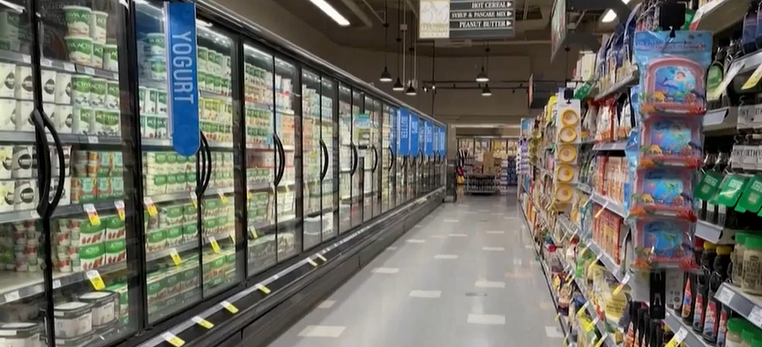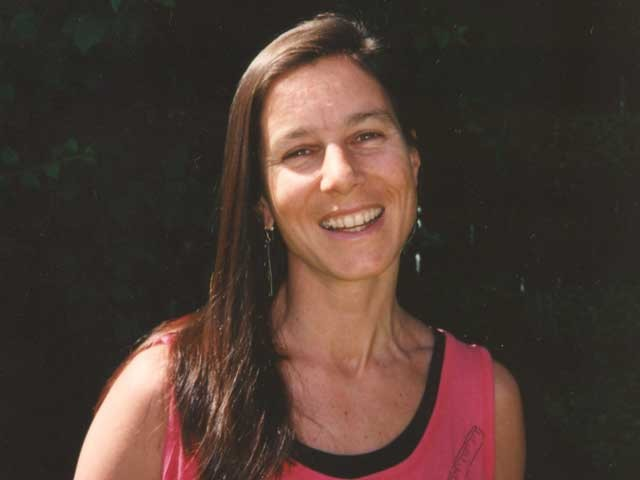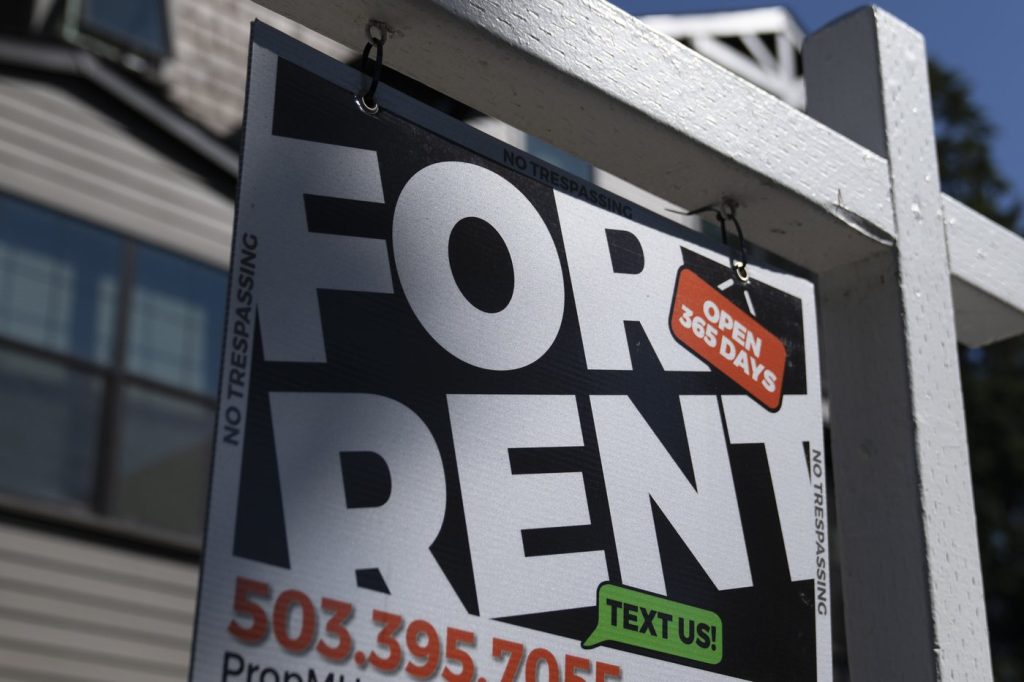Greater Vancouver Food Bank feels pinch of inflation

Posted September 23, 2022 11:21 am.
Last Updated September 23, 2022 11:24 am.
As the cost of living continues to hit many Canadians hard, the Greater Vancouver Food Bank says it has added over 3,000 new clients in the last three months.
The increase in demand is “extremely alarming,” says COO Cynthia Boulter, who notes the food bank is also seeing community agencies affected by inflation.
“We support almost 120 community agencies every week with food for all of their food programming,” she explained, adding there are an additional 25 agencies waiting for the next intake, which happens twice a year.
But the pinch felt by increased costs doesn’t end there. The Greater Vancouver Food Bank is also feeling the pressure.

From needing gas to fill up large refrigerated trucks to budgeting for food buying itself, the organization says costs are rising in all aspects of its operations.
“We look at programs that we costed four or five months ago and we look at what they are costing us now to run. We have four extra nutrition programs, for example … and we budgeted about $25 per individual for these extra nutrition programs. Well, add 3,000 clients and many of them are going to fall into those categories, so our purchasing is going up,” Boulter explained.
While she says the food bank has “great buying power,” ultimately the increase in prices is felt there too.
“We are receiving notices from many of our industry partners that prices are going up 10 to 15 per cent, they’re passing it on to us,” she said. “We’re feeling it just about everywhere.”
Related articles:
-
‘A perfect storm of need’: Canada’s food banks facing worst summer in 40 years
-
What is ‘shelflation’ and why it affects the way you buy groceries
-
More Canadians going hungry amid soaring inflation: Food Banks Canada
The increase in demand has been building. Boulter says currently, the Greater Vancouver Food Bank serves about 13,000 customers a month. However, four years ago, that number was just around 6,000.
And with increased demand comes a need for a bigger space. Boulter says the food bank is urgently looking for a new building in the Vancouver area order to keep up, adding the organization has just under two years left on its current lease.
“With renovations and if it was a situation where we were going to build something on land, we certainly need some lead time. So we are looking for a building,” she told CityNews.
The space would need to be about 10,000 to 12,000 square feet with loading docks available and good access to transit.
“And another thing we need is a break on property taxes. Some municipalities give food banks … a break on property taxes but we are not in that position in Vancouver, for example. We lease two buildings in Vancouver, one for clients, one for our agencies to pick up … but on the building for our clients, we pay $150,000 a year in property tax to the City of Vancouver to feed the people who can’t live in the City of Vancouver affordably,” Boulter said, noting the organization would rather spend donor money on food, programs, and staff.

“There’s so much that goes into food banking that isn’t food — that is the easiest part, is the actual distribution of food.”
Boulter admits the Greater Vancouver Food Bank is facing a situation it’s never seen before. Members have yet to figure out when the organization will hit capacity, and what it will do if that happens.
In June, Food Banks Canada said about seven million Canadians reported going hungry at least once between March 2020 and March 2022. The rising cost of living in Canada is only making the situation more dire.
Anyone who wants to help is encouraged to donate money to local food banks. Boulter says their buying power is two-to-one and goes toward high-protein, nutritious foods.
CityNews has reached out to the City of Vancouver for comment.








